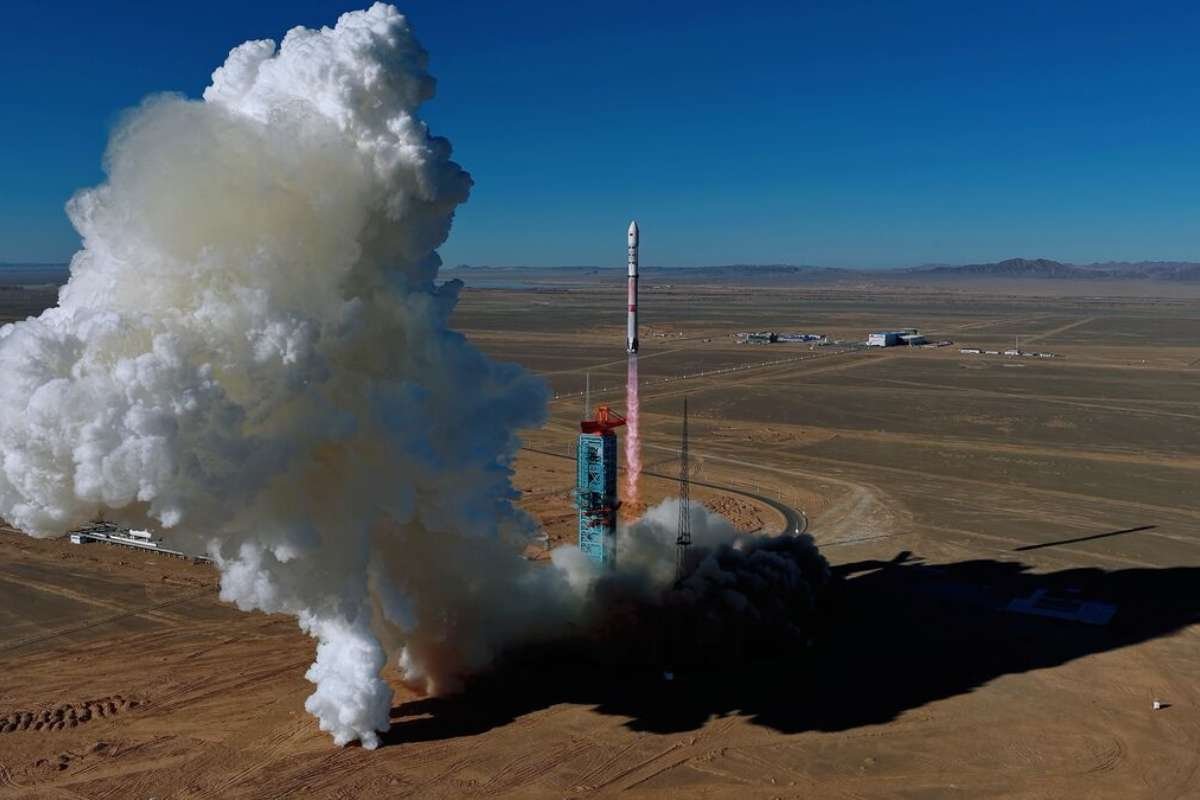SpaceX Deploys New Falcon 9 Booster for Starlink Mission
SpaceX successfully launched 27 Starlink satellites into low-Earth orbit from Vandenberg Space Force Base in California on Monday, using a brand-new Falcon 9 first-stage booster. Designated B1091, this marks the second new booster introduced by SpaceX in 2025, following the debut of B1092 during another Starlink mission in February. Liftoff occurred at 4:06 p.m. PDT, despite cloudy skies that obscured visibility at the launch site.
Booster Lands Safely on Droneship in Pacific Ocean
After the booster completed its part of the mission, it separated and executed a successful landing on the autonomous droneship Of Course I Still Love You, stationed in the Pacific Ocean. This marks the 124th time this particular droneship has recovered a booster, and the 428th overall Falcon 9 booster landing by SpaceX. The deployment of the 27 Starlink Satellites supports SpaceX’s ongoing efforts to expand its Starlink broadband constellation globally.
Weekend Launches and Upcoming Atlas V Mission
Just two days prior to the Vandenberg launch, SpaceX launched another batch of 28 Starlink satellites from Cape Canaveral Space Launch Complex 40 in Florida. That mission lifted off at 11:07 p.m. on Saturday and utilized a first-stage booster making its 19th flight—showcasing SpaceX’s growing expertise in reusable rocket technology. Looking ahead, United Launch Alliance is preparing to launch an Atlas V rocket from Cape Canaveral’s pad 41 on Wednesday evening. Scheduled between 7 and 9 p.m., this mission will carry 27 of Amazon’s first production satellites into orbit as part of its planned 3,236-satellite constellation. The launch will also mark the heaviest payload ever carried by an Atlas V, aided by five solid rocket boosters.
Visit The Enterprise World for the most recent information.


















